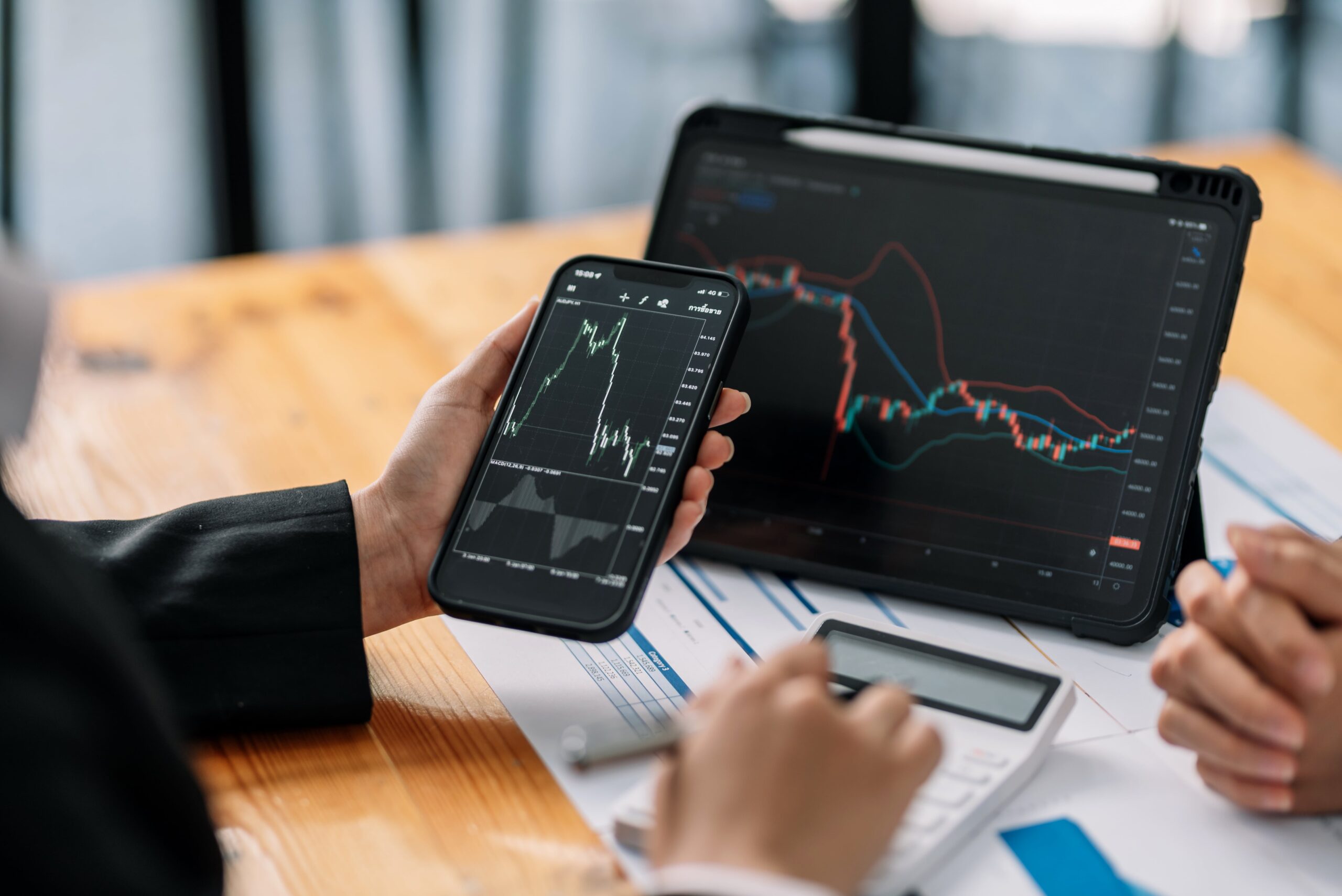Leverage is a powerful tool in crypto trading that allows traders to amplify their position sizes without committing the full value of the trade.
While it can lead to higher profits, leverage also significantly increases the risk of losses. In this article, we’ll break down how leverage works in crypto trading, the benefits and risks involved, and best practices for using leverage safely.

What is Leverage in Crypto Trading?
In simple terms, leverage allows traders to borrow funds to open positions larger than their initial investment. It’s usually represented as a ratio, such as 2x, 5x, or 10x, indicating how much larger the position is compared to the capital invested. For instance, with 10x leverage, a $100 investment controls a $1,000 position in the market.
Leverage is popular among traders because it allows them to gain higher exposure to price movements without investing the entire amount required. However, while leverage can magnify gains, it can also increase losses if the market moves against the position.
How Leverage Works in Practice
When you trade with leverage, you only need to put down a fraction of the total trade amount as a margin or collateral. This margin acts as security in case the trade goes against you. The amount of margin required depends on the leverage ratio; higher leverage requires less margin but comes with increased risk.
Here’s an example to illustrate:
- Suppose you open a $1,000 position on Bitcoin with 10x leverage. This means you only need to provide $100 as collateral.
- If Bitcoin’s price rises by 5%, the total position is now worth $1,050. Your profit would be $50, which is a 50% return on your initial $100 investment.
- However, if Bitcoin’s price falls by 5%, the position is worth $950. This loss of $50 would represent a 50% loss on your initial $100 margin.
If the loss continues and depletes the margin entirely, your position is liquidated, meaning the exchange automatically closes the trade to prevent further losses. This liquidation process can wipe out your initial investment, making it crucial to understand the risks involved in leveraged trading.
Benefits of Using Leverage in Crypto Trading
Leverage offers several potential advantages, especially for experienced traders who know how to manage risk:
- Enhanced Profit Potential: By using leverage, traders can increase the potential returns on their investment without needing large amounts of capital. This benefit makes it attractive for those looking to profit from small price movements.
- Increased Flexibility: Leverage allows traders to diversify across multiple trades or hold other investments while maintaining exposure to crypto. Instead of committing a large sum to one trade, traders can use leverage to participate in multiple opportunities.
- Access to Short Selling: Leverage enables traders to short assets, profiting from declines in price. In a bear market, shorting can provide profitable opportunities and help hedge other positions in a portfolio.
Risks of Using Leverage in Crypto Trading
While leverage can enhance profits, it also significantly increases the risk of losses. Here are the primary risks associated with leveraged trading:
- Higher Loss Potential: Just as leverage can amplify gains, it also magnifies losses. Even small adverse price movements can lead to large losses, quickly depleting your margin and resulting in liquidation.
- Liquidation Risk: If your margin falls below a certain threshold due to market movements, your position can be liquidated automatically. This process ensures that the exchange recovers the borrowed funds, but it leaves the trader with potentially severe losses.
- Market Volatility: The crypto market is inherently volatile, and sudden price swings can trigger unexpected losses in leveraged positions. Even experienced traders are vulnerable to these unpredictable movements.

Tips for Using Leverage Safely
If you decide to use leverage in your trading strategy, following a few key practices can help you manage risk more effectively:
1. Start with Low Leverage
While exchanges may offer leverage as high as 100x, it’s best to start with a low leverage ratio, such as 2x or 3x. Lower leverage reduces the chance of rapid liquidation and provides more breathing room for your trades. As you gain experience and confidence, you may consider slightly higher leverage, but always within manageable limits.
2. Set Stop-Loss Orders
A stop-loss order automatically closes your position if the price reaches a specified level, helping you limit losses. For leveraged positions, setting a stop-loss is crucial as it can prevent rapid liquidation if the market moves against you. By determining your exit point in advance, you avoid emotional decision-making and protect your capital.
3. Use Only a Small Portion of Your Capital
Leverage amplifies both gains and risks, so it’s wise to only allocate a small portion of your total trading capital to leveraged positions. Avoid committing more than 1-2% of your capital per leveraged trade. This approach limits the impact of potential losses on your overall portfolio.
4. Monitor Your Positions Closely
Leveraged trades require constant monitoring due to the risk of rapid price changes. Many exchanges offer features like alerts and mobile apps, enabling traders to track positions in real-time and respond quickly to market changes.
5. Practice on a Demo Account
If you’re new to leverage, practice on a demo account to get a feel for how it works without risking real capital. Many exchanges offer demo accounts with simulated funds, allowing you to test strategies and understand how leverage impacts your positions.
Conclusion:
Leverage can be a valuable tool in crypto trading, offering the potential for higher returns and increased flexibility. However, it also comes with heightened risks, including the potential for significant losses and liquidation. By starting with low leverage, setting stop-loss orders, and managing your position sizes carefully, you can use leverage more safely.
Remember, leveraging is most effective when paired with a solid risk management strategy and a clear understanding of market dynamics. With disciplined practices and continuous learning, traders can harness leverage to enhance their trading strategies while minimizing risks.









